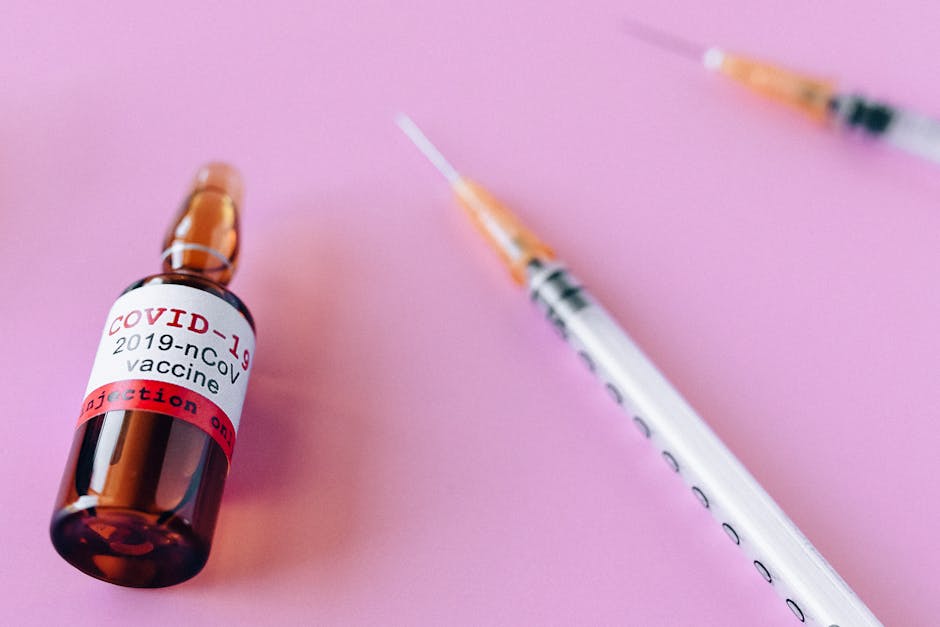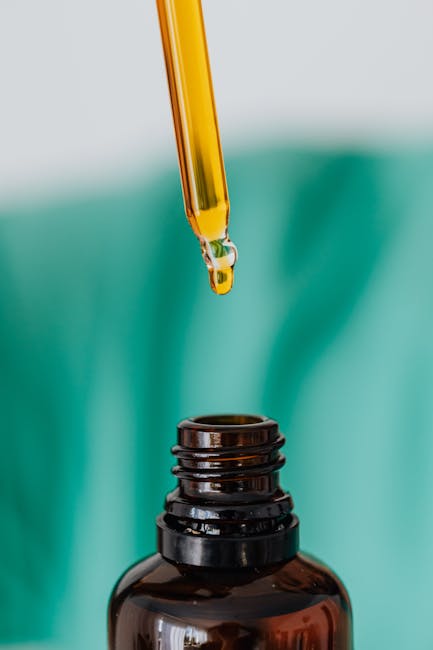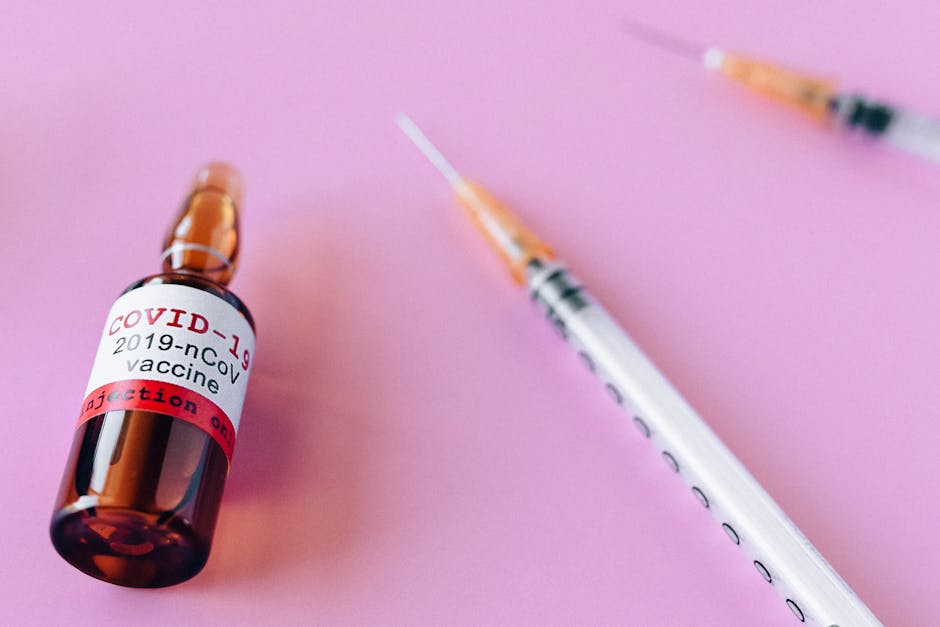Could Ellie Have Found a Cure for the Cordyceps Brain Infection? A The Last of Us Deep Dive
The post-apocalyptic world of The Last of Us, ravaged by a mutated Cordyceps fungus turning humans into aggressive, zombie-like creatures, hinges on the immunity of a young girl named Ellie. Her unique resistance to the infection fuels the hope of a cure, a desperate quest undertaken by Joel and later, many others. But did Ellie’s immunity actually hold the key to a viable cure, and could it have been developed into a widespread solution? This deep dive explores the complexities of Ellie’s immunity and the potential for a cure in the universe of The Last of Us.
Ellie’s Immunity: A Genetic Anomaly
Ellie’s immunity isn’t simply a matter of being resistant; it’s a profoundly unusual genetic anomaly. The fungus’s takeover of the human brain is swift and devastating, yet Ellie’s body successfully fights it off. This raises numerous questions about the nature of her resistance. Is it a single gene mutation? A combination of several factors? Or something far more complex? The game cleverly leaves much of the science ambiguous, fueling ongoing speculation and fan theories.
The ambiguity allows for fertile ground for discussion regarding what a cure would entail. If the immunity is genetic, would a cure involve gene therapy? Or, if it’s a more complex interaction of multiple genetic and environmental factors, would a cure need a multi-pronged approach? The show expands slightly on the complexities, hinting at the difficulties in translating Ellie’s immunity into a workable cure, indicating that it’s not as straightforward as a simple vaccination.

The Challenges of Creating a Cure
Even if the mechanism of Ellie’s immunity was fully understood, creating a cure presented immense challenges. Consider these factors:
- The Variability of the Fungus: The Cordyceps fungus isn’t static. It continues to mutate and evolve, potentially rendering any cure developed based on Ellie’s immunity ineffective against new strains.
- The Ethical Dilemmas: The process of developing a cure might involve extensive experimentation, raising profound ethical concerns. The potential for harm during research, the question of who should receive the cure first, and the inherent exploitation involved – all these contribute to the complexity.
- Resource Constraints: In a post-apocalyptic world ravaged by infection and societal collapse, the resources necessary to conduct large-scale research, production, and distribution of a cure are likely severely limited.
- The Nature of the Infection: The infection isn’t merely a disease; it alters the behavior and physiology of the infected, making treatment incredibly difficult. Finding a way to reverse the effects of the fungus on the brain without causing further harm is an enormous challenge.
The Role of the Fireflies
The Fireflies, a revolutionary militia group in The Last of Us, represented the best hope for developing a cure. Their scientists were working tirelessly to understand Ellie’s immunity and translate it into a vaccine or other treatment. However, their resources were scarce, and their research was hampered by the constant threat of infection and conflict.
The game’s climax forces a tragic choice upon Joel, highlighting the limitations of the Fireflies’ capabilities and the grim reality of their situation. Even with Ellie’s contribution, a widespread, effective cure may have been impossible, given the resources and the ethical considerations involved.
Alternative Approaches to a Cure
Beyond Ellie’s immunity, other avenues for a cure might have been explored, although these would present their own difficulties:
- Anti-fungal treatments: Developing powerful anti-fungal medications that could target the Cordyceps without harming human cells is a possibility, though highly challenging given the fungus’ unique characteristics and its interaction with the human body.
- Genetic engineering: Modifying human genes to enhance resistance to the fungus could be a long-term solution, but it would require extensive research and raise considerable ethical questions about genetic manipulation.
- Developing a prophylactic treatment: Instead of a cure, the focus could have shifted to creating a vaccine or preventative treatment to protect uninfected individuals from contracting the disease. This would have been far less challenging than developing a cure for the already infected.
The Narrative Implications of a Cure
The absence of a cure isn’t simply a scientific limitation; it’s a crucial element of The Last of Us’ narrative. The quest for a cure drives the plot, shaping the relationships and conflicts within the game’s world. A quick and easy cure would have dramatically altered the story’s core themes: survival, loss, hope, and the moral compromises made in a desperate struggle for survival.
The lack of a cure emphasizes the grim reality of the post-apocalyptic world, highlighting the fragility of life and the enduring human capacity for both compassion and cruelty. The tragedy inherent in the storyline is deeply intertwined with the impossibility (or at least the difficulty) of finding a cure.

Conclusion: The Unlikely Cure
While Ellie’s immunity undeniably presented a glimmer of hope, whether it could have realistically led to a widespread and effective cure remains a question mark. The complexities of the Cordyceps infection, the scarcity of resources, the ethical challenges, and the narrative choices of the game all suggest that a universal cure was, unfortunately, highly unlikely, despite Ellie’s unique resistance. Ellie’s story is less about finding a cure and more about the profound journey of survival, loss, and the difficult choices made in a broken world.


